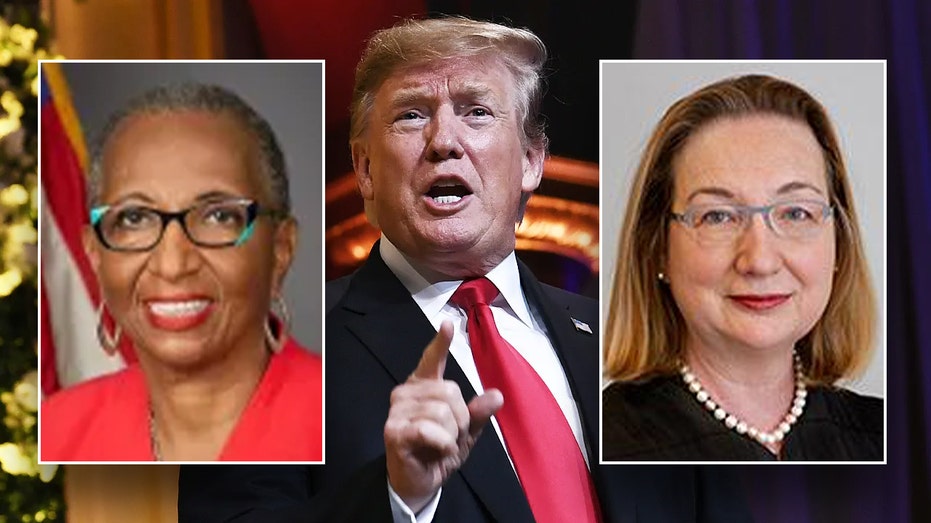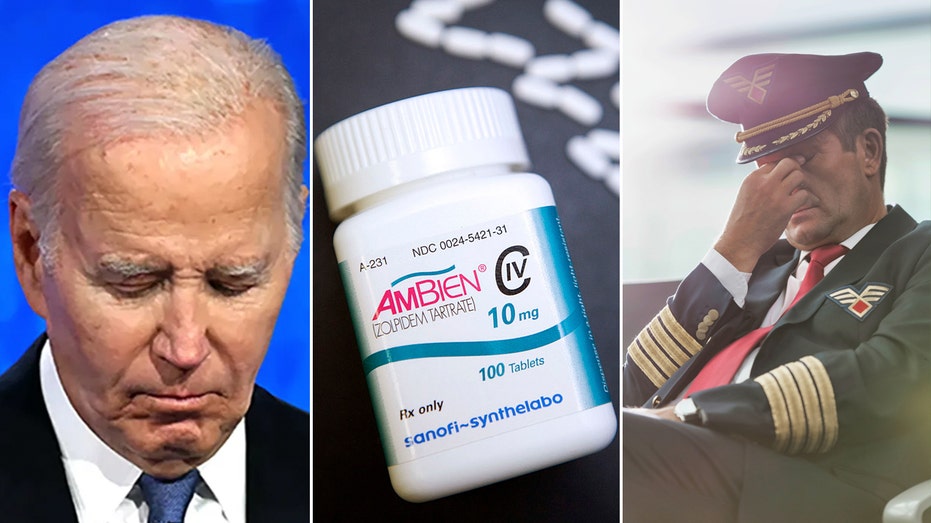Federal Appeals Court Blocks Trump's Firing of Board Members, Sets Stage for Supreme Court Showdown

Sarah Johnson
April 7, 2025
Brief
A federal appeals court blocks Trump’s firings of two Democratic appointees, citing Supreme Court precedents, setting up a likely Supreme Court showdown over presidential authority.
The drama between President Donald Trump and federal courts took another sharp turn Monday as a federal appeals court ruled to block the firings of two Democratic appointees, National Labor Relations Board member Gwynne Wilcox and Merit Systems Protection Board member Cathy Harris. In a bold move, the U.S. Court of Appeals for the District of Columbia Circuit voted 7-4 to reverse an earlier decision, paving the way for this saga to potentially land in the Supreme Court.
The court cited long-standing Supreme Court precedents, particularly Humphrey’s Executor and Wiener v. United States, to justify their decision. These precedents restrict a president's authority to remove officials serving on multimember adjudicatory boards like the NLRB and MSPB. Judges emphasized that these rulings remain untouched by the Supreme Court, effectively tying Trump’s hands.
Both Wilcox and Harris, whose abrupt terminations sparked this legal battle, can now return to their positions—for the time being, at least. However, the Trump administration is expected to react strongly, likely accusing the judiciary of activism that undermines executive authority. This fits a familiar narrative from Trump’s team, which has previously criticized judges for blocking executive actions.
Adding another layer of intrigue, the appeals court also denied the administration’s request for an administrative stay, leaving the reinstatements intact as the legal wrangling continues. The panel ruled that the administration failed to show a strong likelihood of success or irreparable harm—two key requirements for emergency court intervention.
This decision overturns one made just 10 days earlier by a three-judge panel from the same appeals court, which had ruled 2-1 in favor of Trump’s firings. The abrupt turnaround has raised eyebrows and is expected to intensify scrutiny from Trump’s allies, who view the judiciary as increasingly unfriendly territory.
If there’s one thing that’s certain, it’s that this case is bound for the Supreme Court. The Trump administration is unlikely to let this setback go without a fight, and they’ve already established a pattern of appealing losses to the highest court in the land.
The broader context here is Trump’s aggressive use of executive power since taking office. He’s signed over 300 executive orders, reshuffled federal agencies, and even created the controversial Department of Government Efficiency (DOGE). Critics argue that this flurry of activity warrants heightened legal scrutiny, and the judiciary has been inundated with lawsuits from terminated employees and others challenging Trump's actions.
While Trump has leaned heavily on the Supreme Court for support in past legal battles, Monday’s ruling shows the lower courts aren’t afraid to hold the line—even against a president who thrives on pushing boundaries.
Topics
Editor's Comments
The sheer audacity of Trump's executive moves really begs the question: does he think of federal agencies as chess pieces he can casually rearrange? This ruling feels like a major reality check—not everything bends to the will of executive orders, especially when decades-old precedents are involved. Also, I couldn’t help but chuckle at the name 'Department of Government Efficiency.' Sounds like the punchline to a bureaucratic satire.
Like this article? Share it with your friends!
If you find this article interesting, feel free to share it with your friends!
Thank you for your support! Sharing is the greatest encouragement for us.



